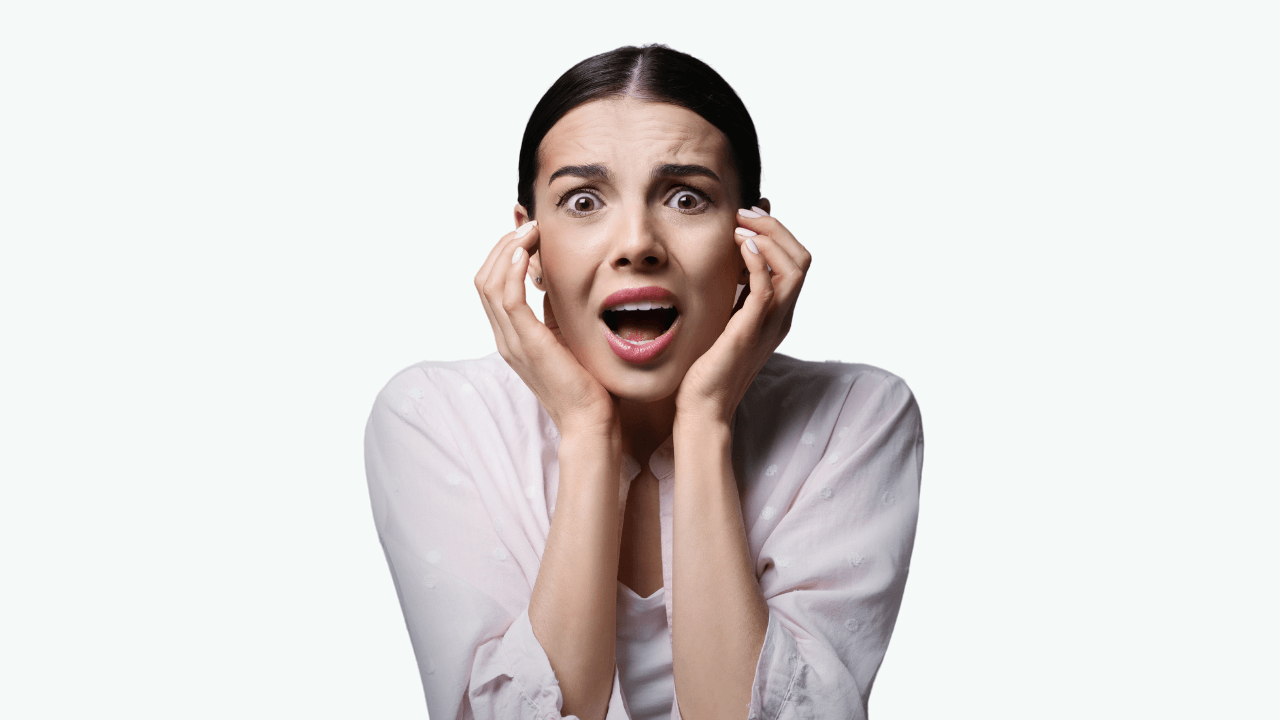

If you often experience an overwhelming fear or severe distress within crowded environments, it might be indicative of enochlophobia. Enochlophobia, defined as the fear of crowds, extends beyond mere discomfort in overcrowded spaces.
During enochlophobia flare-ups, you may encounter irrational thoughts and behaviors that surpass the actual level of danger present in those situations. You might experience a fear of getting lost, stuck, or harmed in a crowded environment.
The only thought of entering a crowded setting may trigger intense anxiety. You may experience distressing physical, cognitive, and behavioral symptoms when confronted with crowded situations.
It could lead you to develop avoidance behaviors as a coping mechanism, which may impede your ability to engage in social, professional, or recreational activities.
However, understanding enochlophobia, its triggers, symptoms, and causes could help develop practical strategies. These strategies may help cope with enochlophobia and mitigate its impact on daily life.

The signs of enochlophobia are somewhat similar to those of anxiety. Symptoms of enochlophobia typically manifest as a range of physical, cognitive, and behavioral reactions in people facing crowded environments.
Physical Symptoms:
Cognitive Symptoms:
Behavioral Symptoms:
Enochlophobia could stem from various factors like:
Traumatic events like being trapped or injured in a crowd, witnessing such incidents, or getting lost in a crowd during childhood may leave lasting psychological scars. Recalling these traumatic memories/experiences may contribute to the development of enochlophobia.
If you have a propensity for excessive worrying or negative thinking patterns, you could be more susceptible to developing enochlophobia. You might experience an irrational fear of the worst possible outcome when present in a crowded environment.
Research indicates that specific genetic factors may influence a person’s likelihood of developing anxiety disorders, including specific phobias like enochlophobia.
Growing up in an environment with overprotective parents could also contribute to developing enochlophobia. It might hinder your ability to cope with challenging situations independently.
Avoidance behaviors may seem like a straightforward approach to managing enochlophobia. However, it could make the condition worse or even more distressing.
Practical strategies for coping with enochlophobia include having an exit strategy in crowds, moving with crowds, and progressing gradually with exposure. These techniques may help you feel safe and ease your fears in crowded spaces.
Here is a visual representation of strategies and techniques to effectively manage enochlophobia:
| Strategies for Managing Enochlophobia | Examples | Benefits |
|---|---|---|
| Face anxiety-inducing situations gradually | Attending small events before large crowds | Builds confidence and reduces anxiety |
| Learn about crowd safety measures | Identifying emergency exits and procedures | Enhances feelings of safety and control |
| Use relaxation techniques to cope with fear | Deep breathing exercises during crowded events | Calms the mind and reduces physical symptoms |
A mental health professional may thoroughly evaluate your symptoms, fears, and behaviors in various situations involving crowds. The assessment may include interviews, questionnaires, and observation of your reactions to crowded environments.
Enochlophobia is not explicitly listed in the DSM-5. Therefore, it is crucial to differentiate it from other anxiety disorders like agoraphobia or social anxiety disorder. To arrive at an accurate diagnosis, the professional could rule out other potential causes for fear of crowds.
To meet the criteria for an enochlophobia diagnosis, the fear of crowds must persist for at least six months and significantly interfere with your daily activities and functioning.
Effective treatment options for enochlophobia encompass therapeutic modalities, including CBT, exposure therapy, virtual reality technology, visual therapy, and group therapy. These may be tailored to address your specific fears and symptoms.
CBT helps you recognize and challenge negative thought patterns associated with being in crowded spaces. It helps replace them with more rational and adaptive beliefs. It might also involve desensitization approaches to improve your physical reactions to crowds.
The therapy involves gradually exposing you to crowded situations in a controlled and supportive environment. The mental health professional may suggest some relaxation training to help you soothe enochlophobia.
Through repeated exposure, you could learn to confront your fears, desensitize to the stimuli, and develop coping strategies to manage your anxiety.
Utilizing virtual reality technology, you could experience simulated crowd environments. It may help you desensitize to crowded scenarios without being physically present in them.
During visual therapy, you are shown images or videos of crowds to help reshape your thinking before real-life exposure to crowded spaces.
These methods may help you practice coping mechanisms and emotional regulation against enochlophobia. It could provide a safe and controlled way to expose yourself to crowds, helping build confidence and resilience in real-life situations.
The impact of enochlophobia on daily life encompasses a disruption in various social settings and routine activities due to the intense fear associated with being in crowds. This fear may significantly affect you in the following ways:
Seeking help from a mental care professional is essential if you experience severe enochlophobia that significantly disrupts your daily functioning.
Initially, consulting a primary care physician is a suitable first step. Depending on the symptoms’ severity, a referral to a psychiatrist or psychologist may be recommended for further evaluation and treatment.
Diagnosing enochlophobia does not involve a specific medical test but rather a comprehensive assessment by a mental health professional. The professional will gauge the frequency and intensity of symptoms and identify triggers for the fear of crowds.
Progress may take time to happen. However, consistent therapy sessions over weeks or months may lead to a shift in thought patterns and gradual improvement in coping mechanisms.
Seeking help from a mental health professional demonstrates courage, and timely intervention is crucial for managing enochlophobia effectively.
A general dislike of being in crowded scenarios might not be a cause for concern. However, intense fear or distress, even at the thought of overcrowded spaces, may warrant a diagnosis of enochlophobia.
Practicing avoidance behavior by refraining from participating in crowded events, social interactions, or social gatherings is not feasible to manage enochlophobia.
Medical treatment for enochlophobia may include gradual exposure therapy, acceptance-based behavior therapy, or CBT.
However, relaxation techniques like breathing exercises, mindful meditation, or yoga are some natural measures to reduce enochlophobia flare-ups.
Tyler Read earned an undergraduate academic degree from Sonoma State University, California and is a certified personal trainer (CPT) with NASM (National Academy of Sports Medicine). With over 16 years of experience, Tyler has trained clients both online and in-person.
He is passionate about helping others turn their love for fitness into a career. Tyler has worked with many local and commercial gyms before establishing his successful private personal training business, which he continues to operate.
